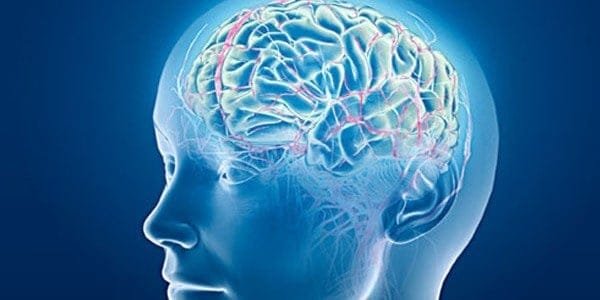5 dangerous misconceptions about stroke

Stroke is an extremely dangerous clinical condition and unfortunately very common.
But despite its widespread prevalence, there is still much to be desired in terms of people’s awareness of its symptoms and features.
And ignorance itself is also a risk factor, as the people most at risk of stroke may not even be aware of any health problem.< /p>
It is precisely for this reason that it is important not to fall victim to the dangerous misconceptions about this clinical condition.
Myth #1
Until the age of 50, we should not be afraid of having a stroke
If we believe that stroke mostly affects people in many old age, it means that we expose ourselves to additional risk.
Unfortunately, the days when this clinical condition was typical of old age are long gone.
Today, in 11% of cases, stroke affects people who have not even reached the age of 45. In addition, individual cases are registered in many young people every year.
In rare cases, a stroke can also happen in childhood. Therefore, the question of the prevention of this dangerous clinical condition is before every person regardless of his age.
Myth #2
Suspendency to stroke is hereditary and nothing can help us
There are two sides to this false belief, but both contain dangers .
On the one hand, there are those who believe that stroke is a hereditary disease and are predisposed to it because of their background, and are convinced that whatever prophylactic measures they take the stroke will sooner or later “catch up” and accordingly ignore prevention recommendations.
On the other hand, there are those who believe that as long as they do not have a family history of stroke from their parents, they are not at risk and accordingly also ignore the rules of prevention.
Actually, a person does not inherit a predisposition to stroke, only peculiarities of their cardiovascular system.
And these characteristics should be taken into account when planning the lifestyle and its components such as eating habits and physical activity.
However, it is important to remember that stroke is a disease of bad habits and incorrect lifestyle and is largely dependent on other concomitant diseases.
Therefore, monitoring the state of health, prevention of diseases through proper nutrition and an appropriate mode of motor activity and giving up harmful habits – are the main ways to prevent stroke and they are a much more effective means of protection from good heredity.
Myth #3
Stroke means disability
In reality, a stroke is often followed by a loss of certain body functions. But to consider disability as an irreversible consequence of the disease is completely unnecessary.
It is important to be aware and recognize the signs of a stroke and seek medical attention immediately.
Appropriate therapy for the restoration of blood circulation in the affected brain tissues or, accordingly, stopping the hemorrhage, significantly reduces the risk of disorders in the functions of the human body.
Myth #4
A stroke is a hemorrhage in the brain
The mechanism of stroke development is not fully understood. But in 80% of cases, the stroke is ischemic, that is, the blood supply to parts of the brain is disrupted as a result of a thrombus formation, and only 20% of the cases are hemorrhagic.
Myth #5
Modern medicine reduces the risk of stroke
Of course, scientific research in the field of medicine in recent years has marked extraordinary progress, even recently it was found that immediately after as the neurons die due to lack of oxygen during the stroke, they are replaced by stem cells from the spinal cord, which gradually differentiate into new neurons.
However, the main factor in reducing the risk of stroke remains prevention, expressed in a proper diet and sufficient motor activity.



